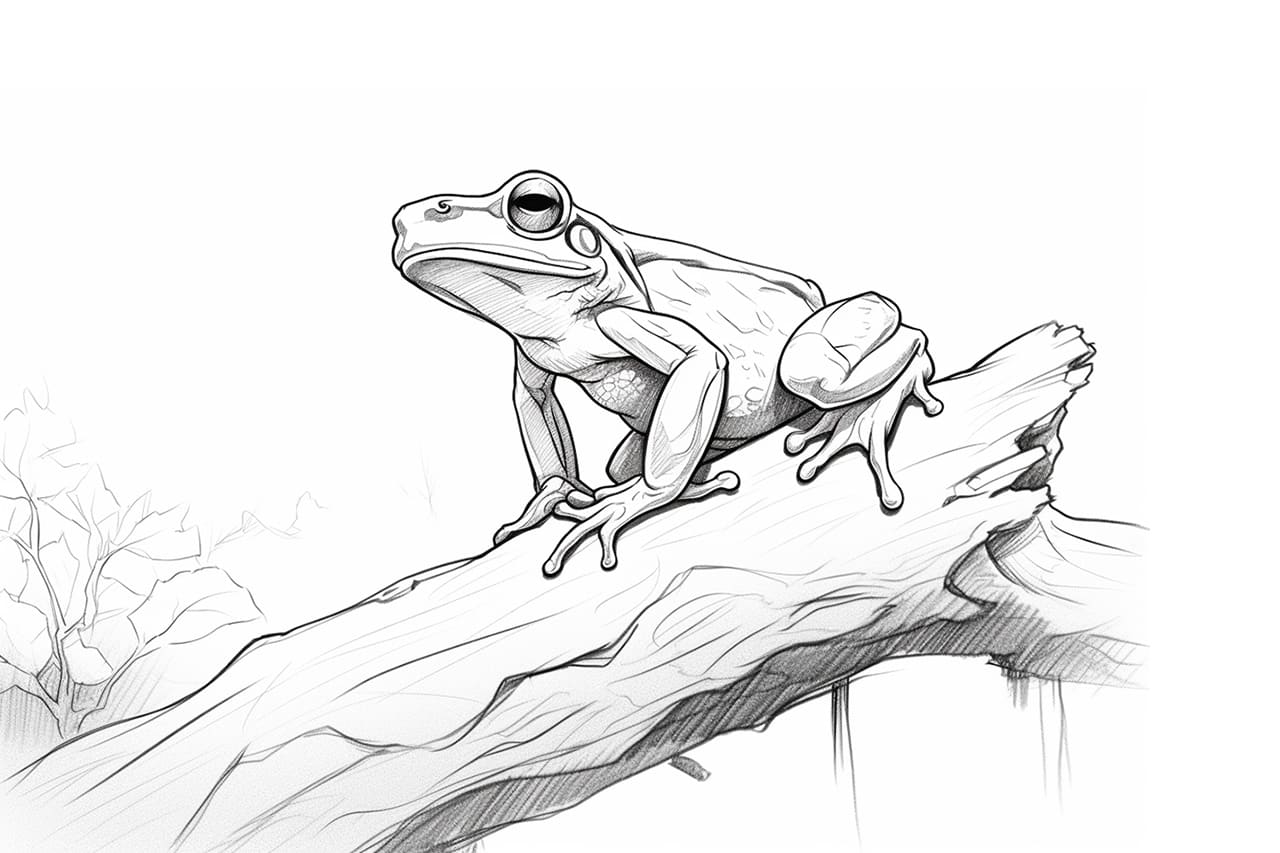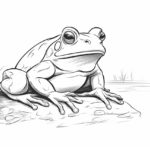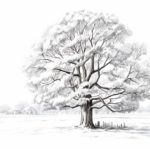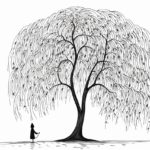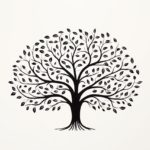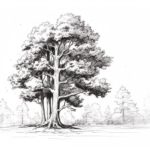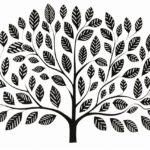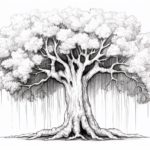Welcome to this step-by-step drawing tutorial on how to draw a tree frog. In this article, I will guide you through the process of drawing a realistic and vibrant tree frog using simple shapes and lines. Whether you are a beginner or an experienced artist, this tutorial will help you create a beautiful and lifelike representation of this amazing creature.
Table of Contents
Materials Required
Before we begin, make sure you have the following materials handy:
- A pencil
- Drawing paper
- Eraser
- Colored pencils or markers (optional)
Now that we have gathered our materials, let’s dive into the step-by-step process of drawing a tree frog.
Step 1: Basic Shapes
Start by lightly sketching a large circle for the body of the tree frog. This will serve as the foundation for the rest of the drawing. Next, draw an elongated oval shape for the head, slightly overlapping with the top portion of the circle. Remember to keep your lines light and loose, as they are just guidelines for the final drawing.
Step 2: Eyes and Facial Features
Within the oval shape, draw two large circles for the eyes of the tree frog. Leave some space between them for the nose and mouth. Inside each eye, draw a smaller circle for the pupil. Leave a small white highlight in each pupil to add a glimmer of life to the eyes. Add a curved line below the eyes to define the tree frog’s smile. If you want to draw a red-eyed tree frog, color in the eyes with a deep red.
Step 3: Legs and Feet
Extend two curved lines downwards from the body of the tree frog to create the front legs. These lines should be slightly angled and taper towards the ends. At the bottom of each leg, add three small, rounded shapes for the toes. Repeat this process to draw the hind legs, making them slightly longer than the front legs. Add three toes to each hind leg, making them slightly larger than the front toes.
Step 4: Body Details
Add some texture to the tree frog’s body by drawing small bumps and warts using short, curved lines all over the body. Pay attention to the placement of these bumps as they add to the realism of the drawing. Add a curved line across the middle of the body to create the separation between the upper and lower body.
Step 5: Pattern and Color
Now is the time to add the distinctive pattern and color to your tree frog. Refer to reference images or use your imagination to create an attractive pattern. Tree frogs are known for their vibrant colors, so don’t be afraid to experiment. You can use colored pencils or markers to bring your drawing to life. Remember to stay within the guidelines you created earlier to maintain the shape of the tree frog.
Step 6: Shading and Highlights
To add depth and dimension to your drawing, start shading the tree frog. Identify the areas of the tree frog that would be in shadow and use your pencil to add darker tones. You can also use a blending tool or your finger to blend the shades and create a smooth transition. Don’t forget to add highlights on the eyes and body of the tree frog to make it appear more three-dimensional.
Wrapping Up How to Draw a Tree Frog
Congratulations! You have successfully learned how to draw a tree frog. By following these step-by-step instructions, you have created a realistic and vibrant representation of this fascinating creature. Remember, practice is key to improving your drawing skills, so keep experimenting and refining your techniques. I hope you enjoyed this tutorial and found it helpful in honing your artistic abilities.
Gallery of Tree Frog Drawings
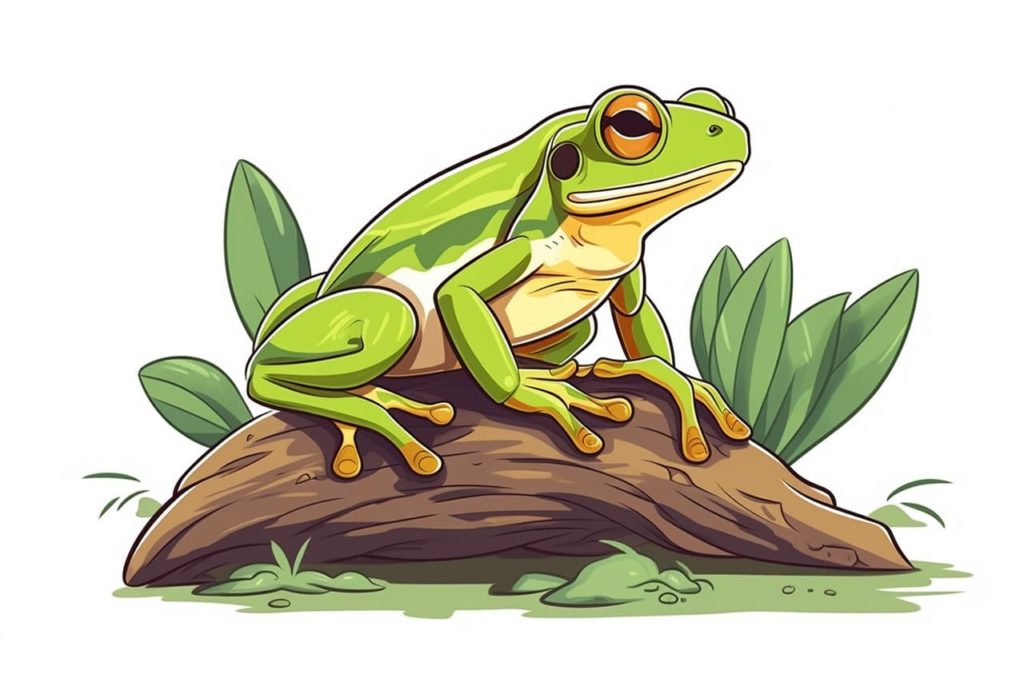
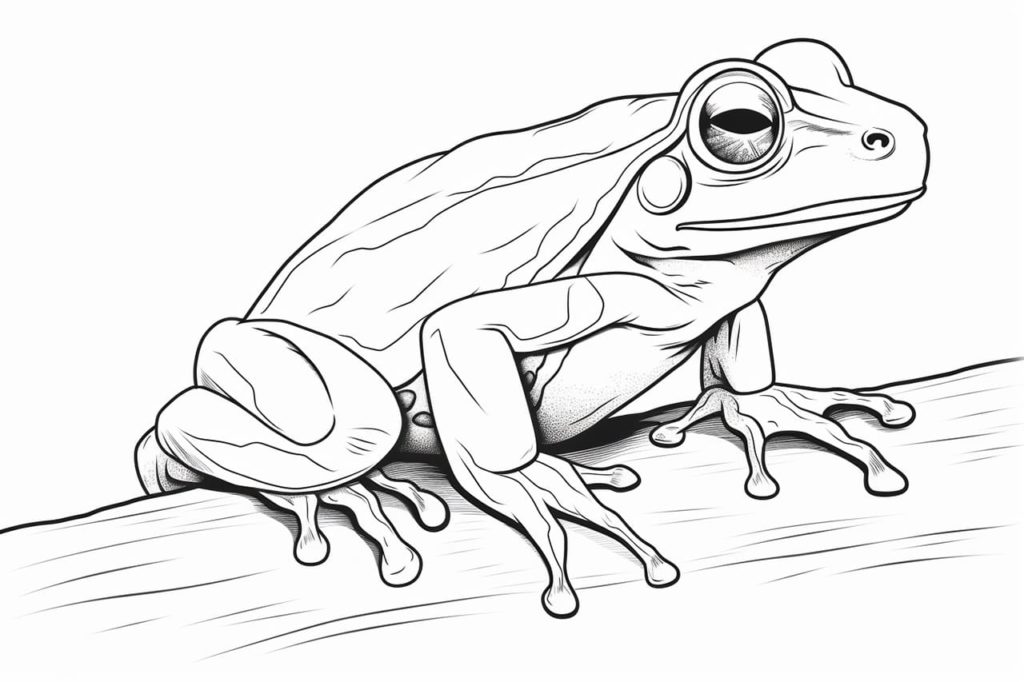
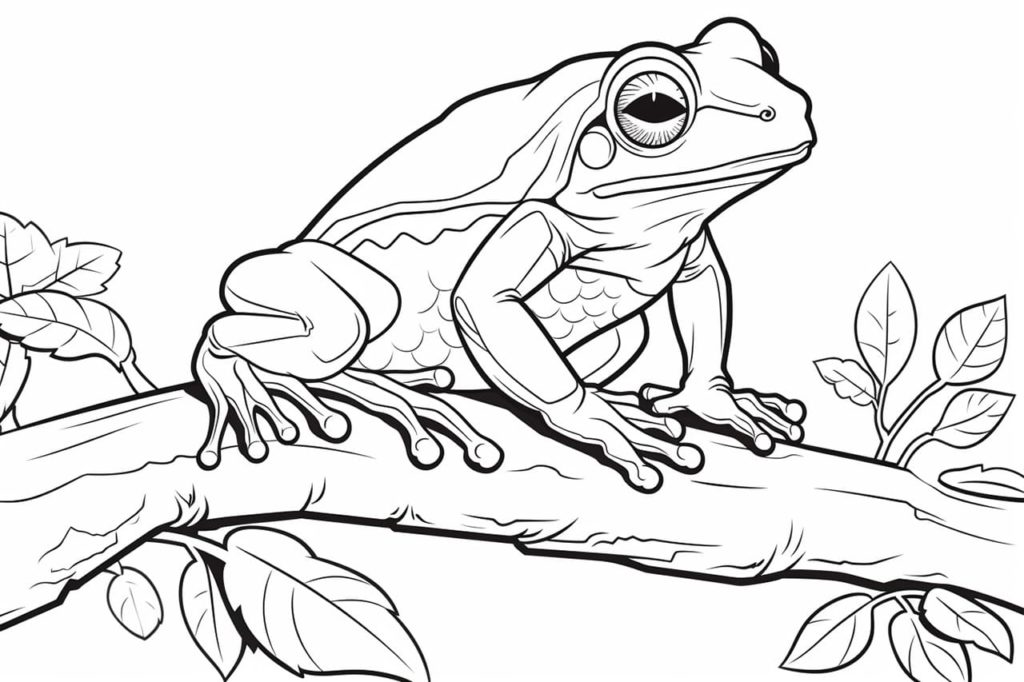
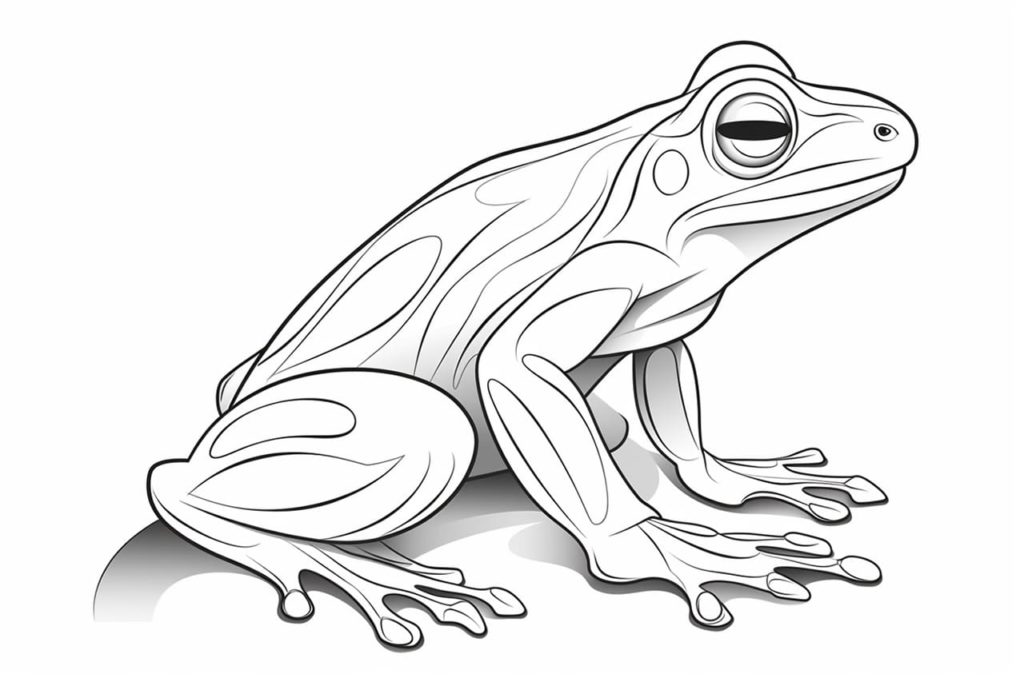
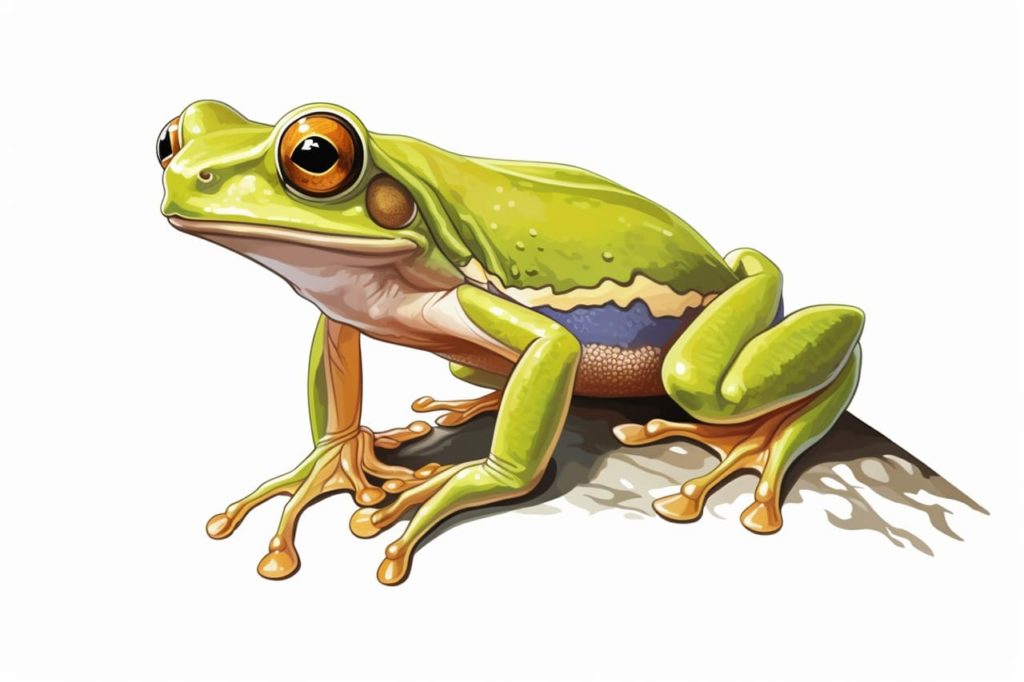
Reference Photos of a Tree Frog
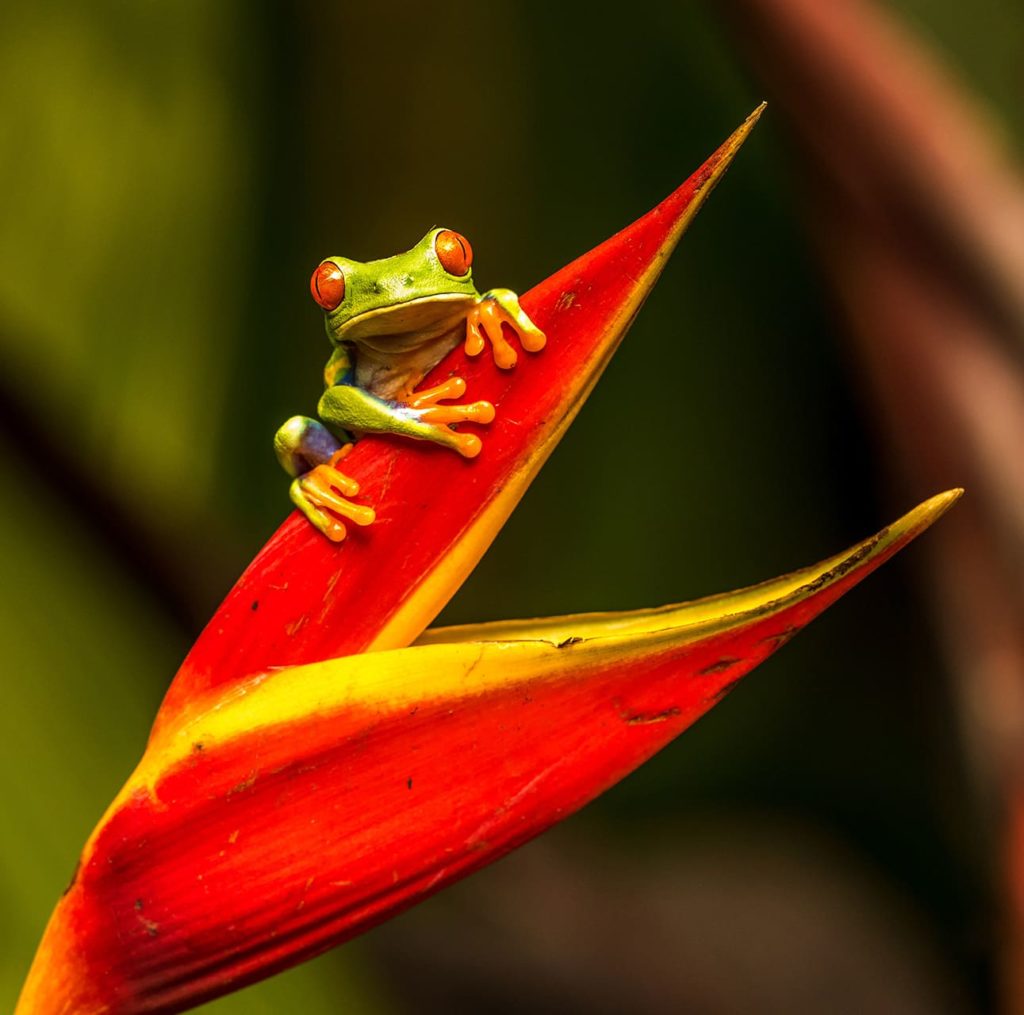
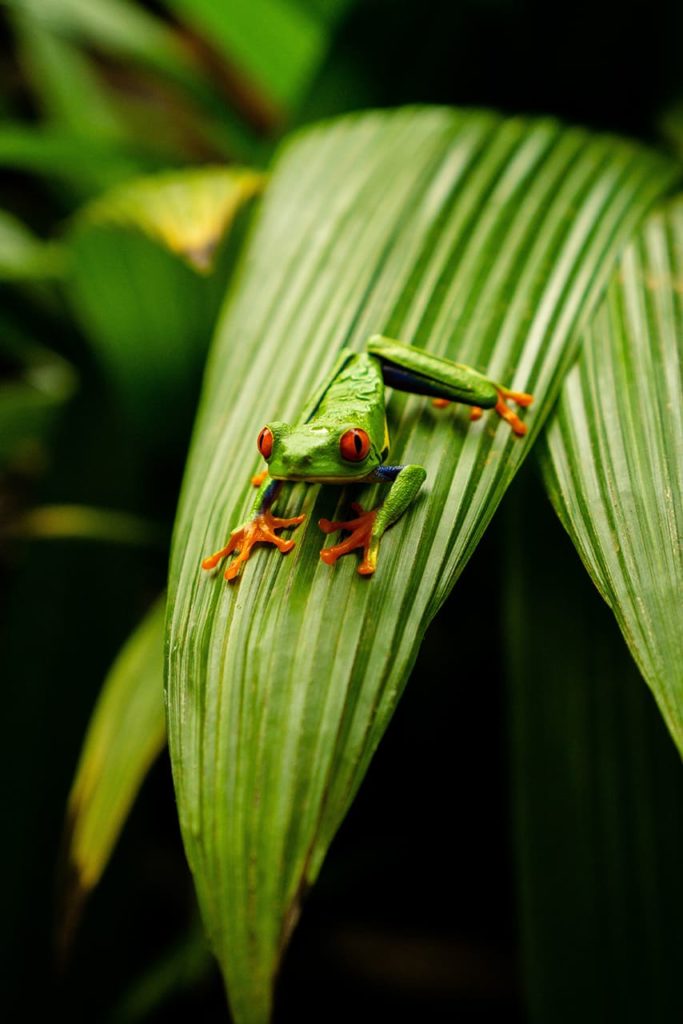
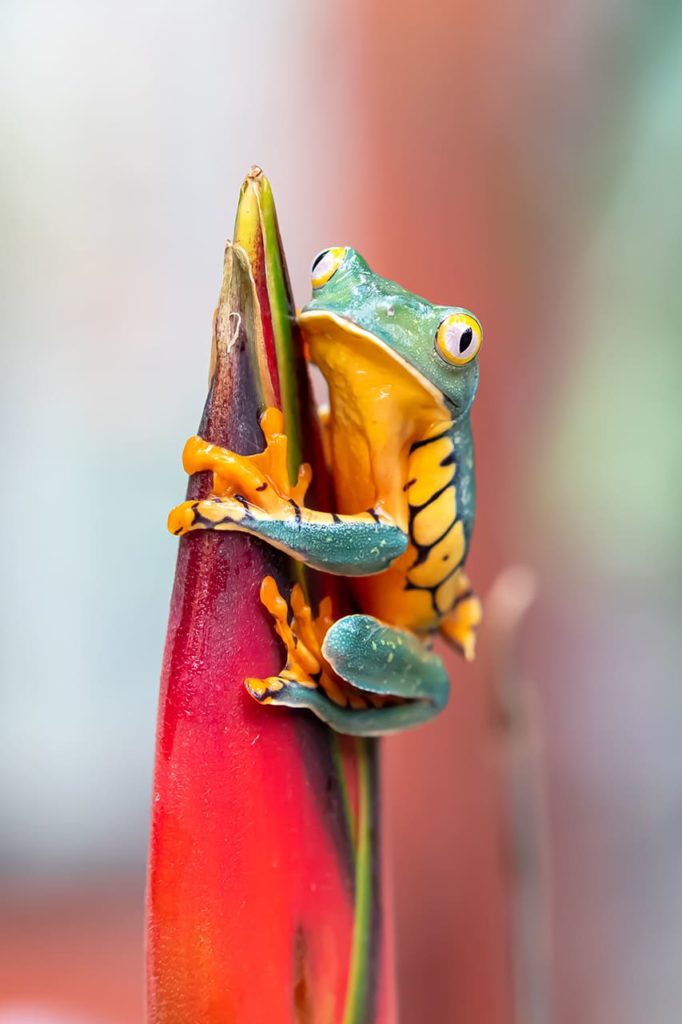
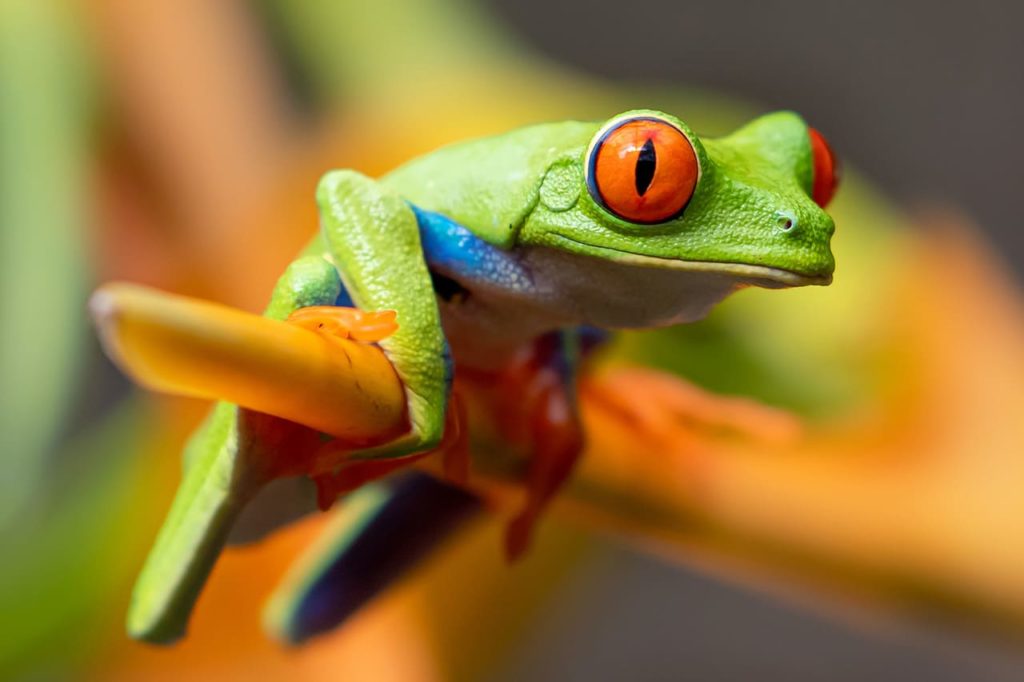
Fun and Interesting Facts about Tree Frogs
Tree frogs are fascinating creatures with a range of unique characteristics and behaviors. Here are some interesting facts about these fascinating frogs:
- Tree-Dwelling Amphibians: Tree frogs are a diverse group of amphibians found in various parts of the world, known for their ability to climb and live in trees and shrubs.
- Adhesive Toe Pads: Tree frogs have specialized toe pads covered in small, adhesive disks called toepads. These toepads allow them to cling to vertical surfaces, including leaves, branches, and even glass.
- Vibrant Colors: Many species of tree frogs exhibit vibrant and striking colors. These colors often serve as a warning to predators, signaling that the frogs are toxic or unpalatable.
- Nocturnal Behavior: Most tree frog species are nocturnal, meaning they are primarily active during the night. This behavior helps them avoid daytime predators and reduce water loss through their skin.
- Amphibious Lifestyle: Tree frogs lead a semi-aquatic lifestyle. They lay their eggs in water, and the tadpoles develop into frogs in aquatic environments. Once they become adults, they often inhabit trees and other arboreal habitats.
- Vocal Communication: Tree frogs are known for their loud and distinctive calls. These calls are used for communication, especially during the breeding season when males call to attract females.
- Toxic Skin Secretions: Some species of tree frogs secrete toxins through their skin. These toxins serve as a defense mechanism against predators. The bright colors of these frogs often act as a warning to potential predators that they are toxic.
- Wide Distribution: Tree frogs are found in various regions, including rainforests, deserts, and temperate forests. They have adapted to a wide range of environments, from tropical to subtropical and even arid regions.
- Arboreal Adaptations: Tree frogs have evolved several adaptations for life in the trees, including large, sticky toe pads, slender bodies, and excellent jumping abilities.
- Conservation Concerns: Many tree frog species face threats due to habitat loss, pollution, and disease. Conservation efforts are essential to protect these unique amphibians and their ecosystems.
- Mimicry: Some tree frog species exhibit mimicry, resembling leaves or bark to camouflage themselves from predators.
- Temperature Regulation: Tree frogs are ectothermic, which means their body temperature varies with the environment. They are highly sensitive to temperature changes and often bask in the sun to regulate their body temperature.

